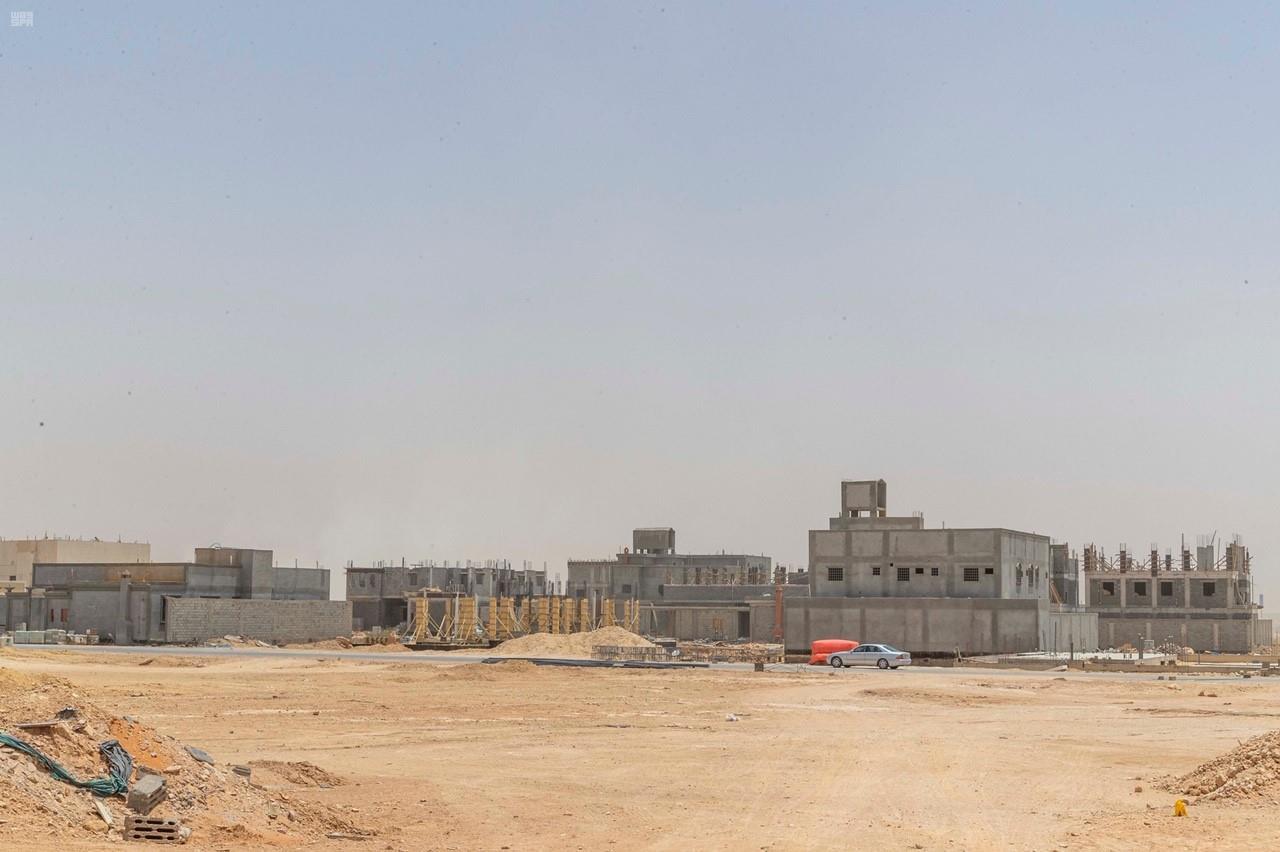A number of non-oil indicators for the Saudi economy improved in May, including the non-oil PMI, which continued rising to 56.4 as activity and new orders grew, according to a recently-released Chartbook by Jadwa Investment for the month of May.
Cement sales and production saw “another remarkable rise “in May, by 71 and 59 percent, respectively, due not only to base year effects but also from higher local demand, Jadwa said. Consumer spending rose by 33 percent year-on-year in May, but was marginally down on a monthly basis. More specifically, POS transactions increased by 71 percent, whilst cash withdrawals were up by 11 percent year-on-year.
As SUSTG noted earlier this week, SAMA FX reserves declined in May by $3.6 billion month-on-month, to stand at $437.2 billion – but with oil prices rising again, economists expect that to reverse in the coming months. With Saudi Arabia recording a current account surplus in Q1 (when oil receipts would, on average, have been lower than in May), the recently observed decline in FX reserves “is most certainly associated with financial account outflows,” Jadwa said.
On inflation, prices in May rose by 5.7 percent year-on-year, and by 0.2 percent month-on-month. The transport sector saw the highest annual rise among the CPI basket groups, at 19.3 percent, pushed up by a 94 percent annual jump in ‘fuels for personal transport equipment’ prices.
Saudi Arabia registered a current account surplus of $8.7 billion or 5.1 percent of GDP in Q1 (vs. a deficit of $2 billion or -1.1 percent of GDP in Q1 2020 ). The surplus was due to a positive trade balance as exports recovered by 78 percent year-on-year, Jadwa said.
[Click here to download the full report from Jadwa Investment] [Arabic]









